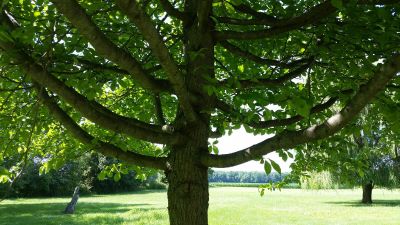What is the Crown of a Plant?
What part of a plant is the crown? The crown of shrubs, perennials, and annuals is the area where the stems join the root. Roots grow down from the plant crown and stems grow up. Sometimes this is referred to as the plant base. On trees, the plant crown is the area where branches grow from the trunk. Grafted shrubs are usually grafted above the plant crown, while grafted trees are usually grafted below the crown. Most plants have crowns, except for non-vascular plants like moss or liverwort.
What is the Function of Plant Crowns?
The crown is an important part of the plant because it is where the plant transfers energy and nutrients between the roots and stems. Most plants are planted with the plant crown at or just above soil level. Planting crowns too deep can cause crown rot. Crown rot will ultimately kill the plant because its roots and stems will not be able to get energy and nutrients that they need. There are a few exceptions to the rule of planting crowns at soil level. Naturally, trees are not planted with the crown at soil level because their crowns are above the trunk. Also, plants like clematis, asparagus, potatoes, tomatoes, and peonies benefit from having their crowns planted below soil level. Bulbous and tuberous plants are also planted with the crowns below the soil. In cool climates, tender plants having crowns will benefit from having a heap of mulch placed over the crown to protect it from frost damage.
